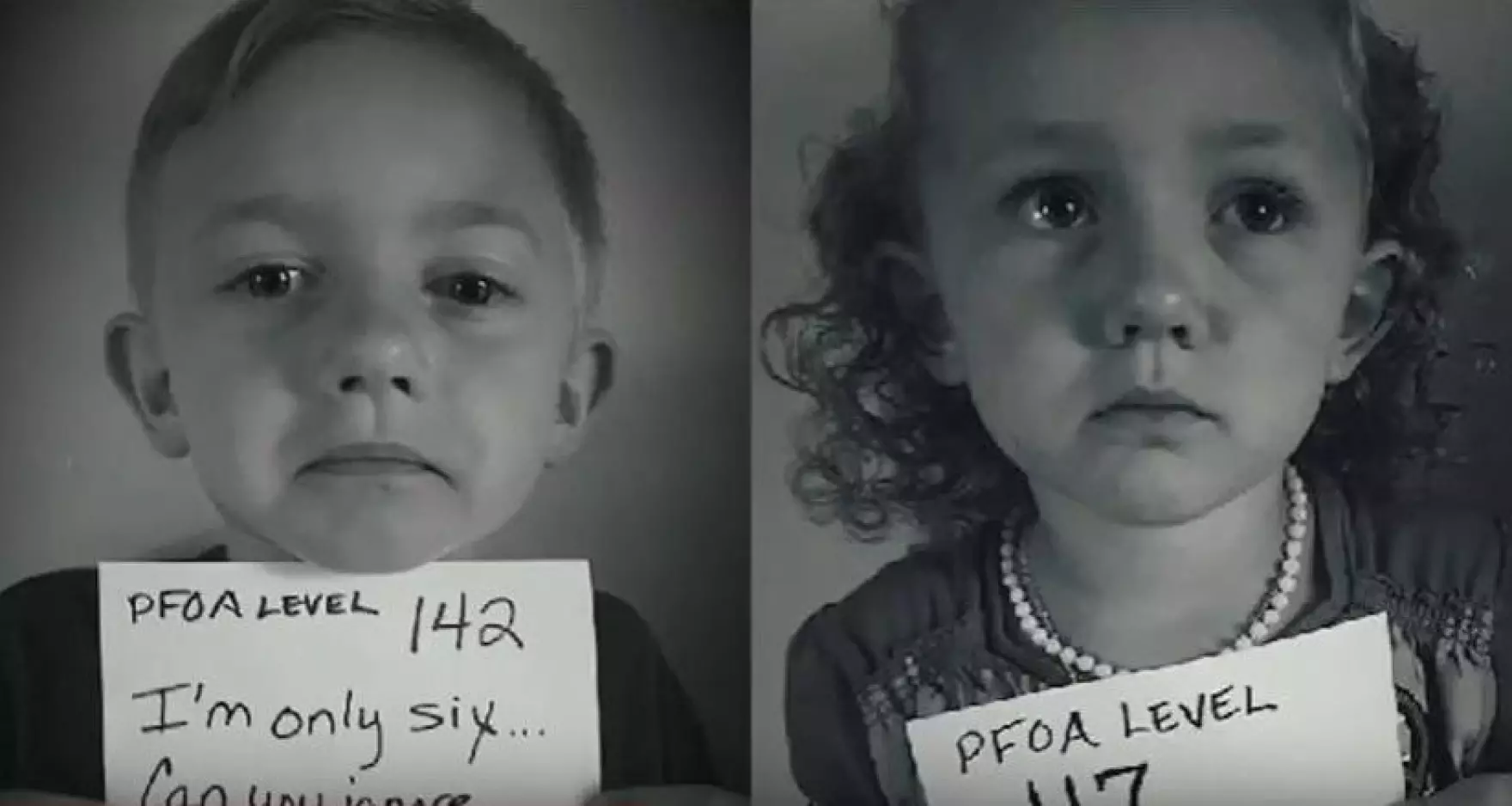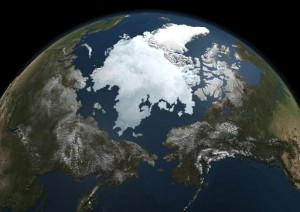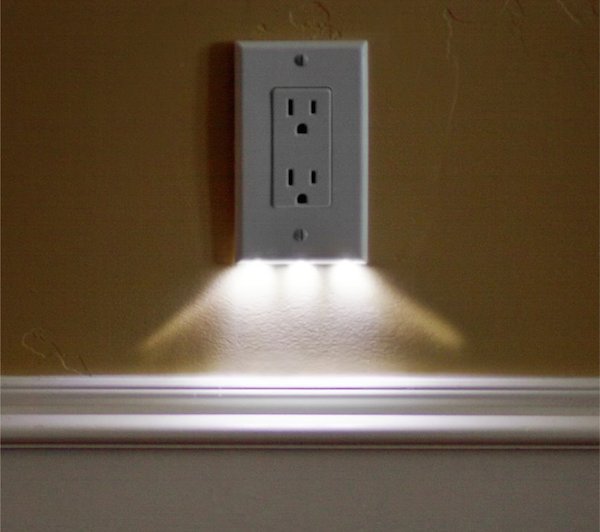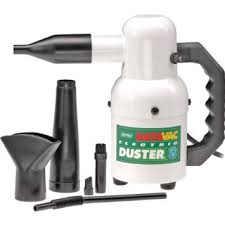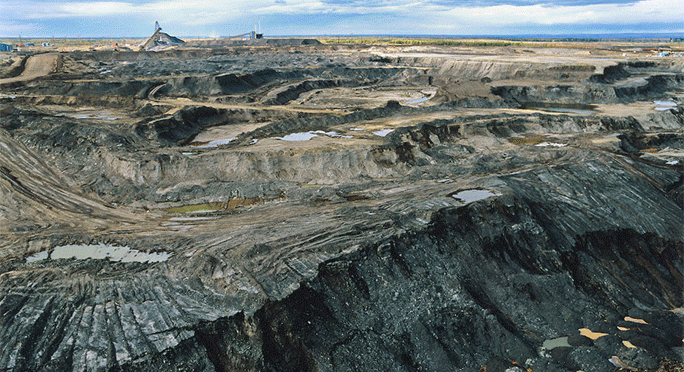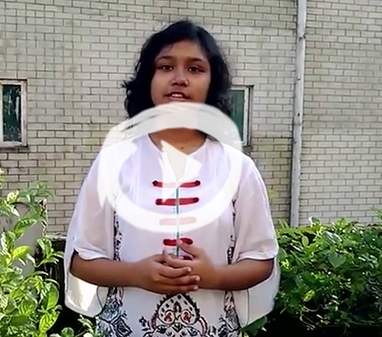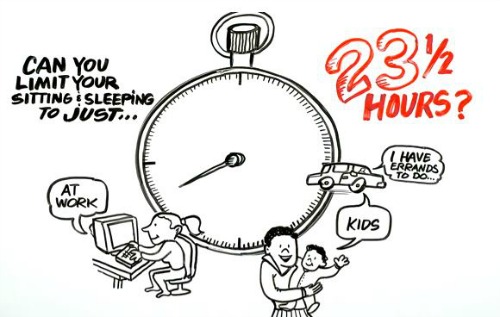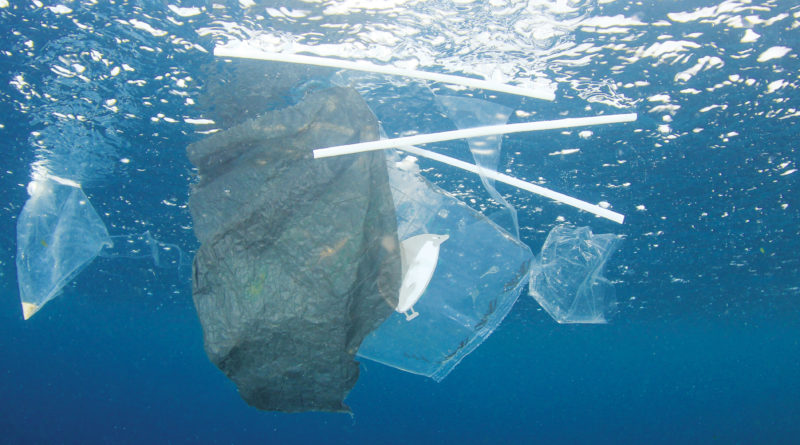
Yes, plastic straws are not good, I mean everyone can understand that single use plastics are just terrible for the planet. Think of this, every straw you have ever used still exists – unless you threw some of them in a fire and melted/burned them. It can take at least 200 years for a straw to “break down”. I put “break down” in quotes because they do not biodegrade. When plastic “breaks down” it just break down into smaller bits of plastic, turning into micro-plastic….ie it will never technically decompose.
The numbers are staggering — We are producing over 380 million tons of plastic every year, and some reports indicate that up to 50% of that is for single-use purposes – utilized for just a few moments, but on the planet for at least several hundred years. And of course a good chunk of the single use plastic humans use ends up in our waterways and oceans (estimated to be 10 million tons – greater than a full garbage truck full every minute of every day!) which reaping havoc.
Right. Plastic straws are bad. There is no doubt.
So with that in mind paper straws seem like the logical choice.
Unfortunately this is not the case.
Why you ask, well it is all due to a terrible forever chemical called PFAS. Learn more on PFAS here. Remember the movie Erin Brockovich with Julia Roberts, she was fighting for residents who were exposed to PFAS in their drinking water. The fight isn’t over, a recent study found that a good chuck of drinking water sources in the USA are contaminated with PFOA/PFOS.
A new study, recently published in the journal Food Additives and Contaminants, found evidence of “forever chemical” PFAS (per- and polyfluoroalkyl substances) in the majority of both paper and bamboo straws tested.
I have stopped using them and you should too.
Try stainless steel straws for use at home – cheap and will last you a lifetime.
Photos of plastic pollution:
